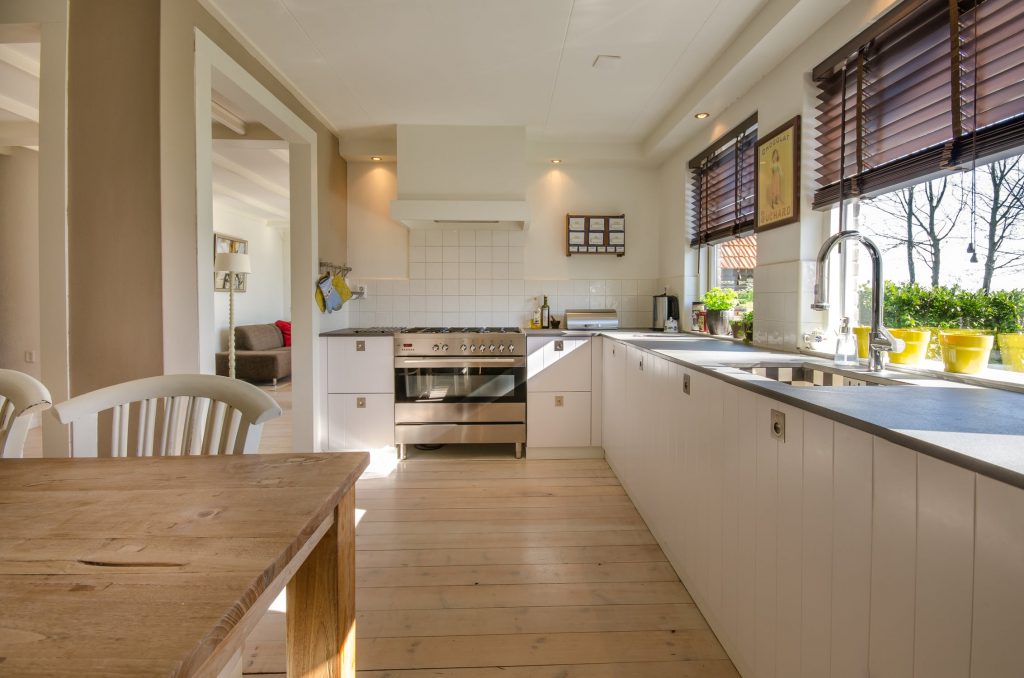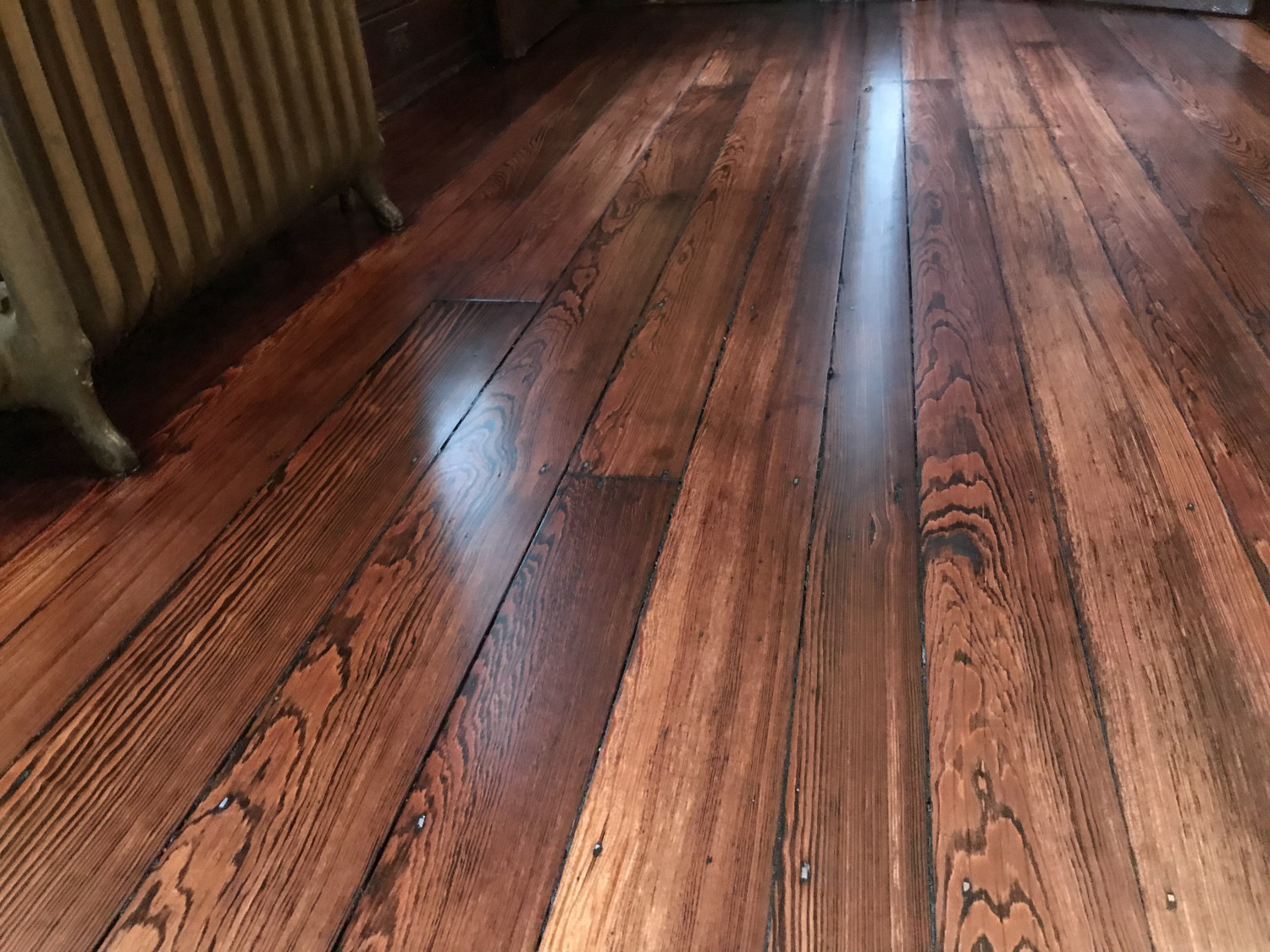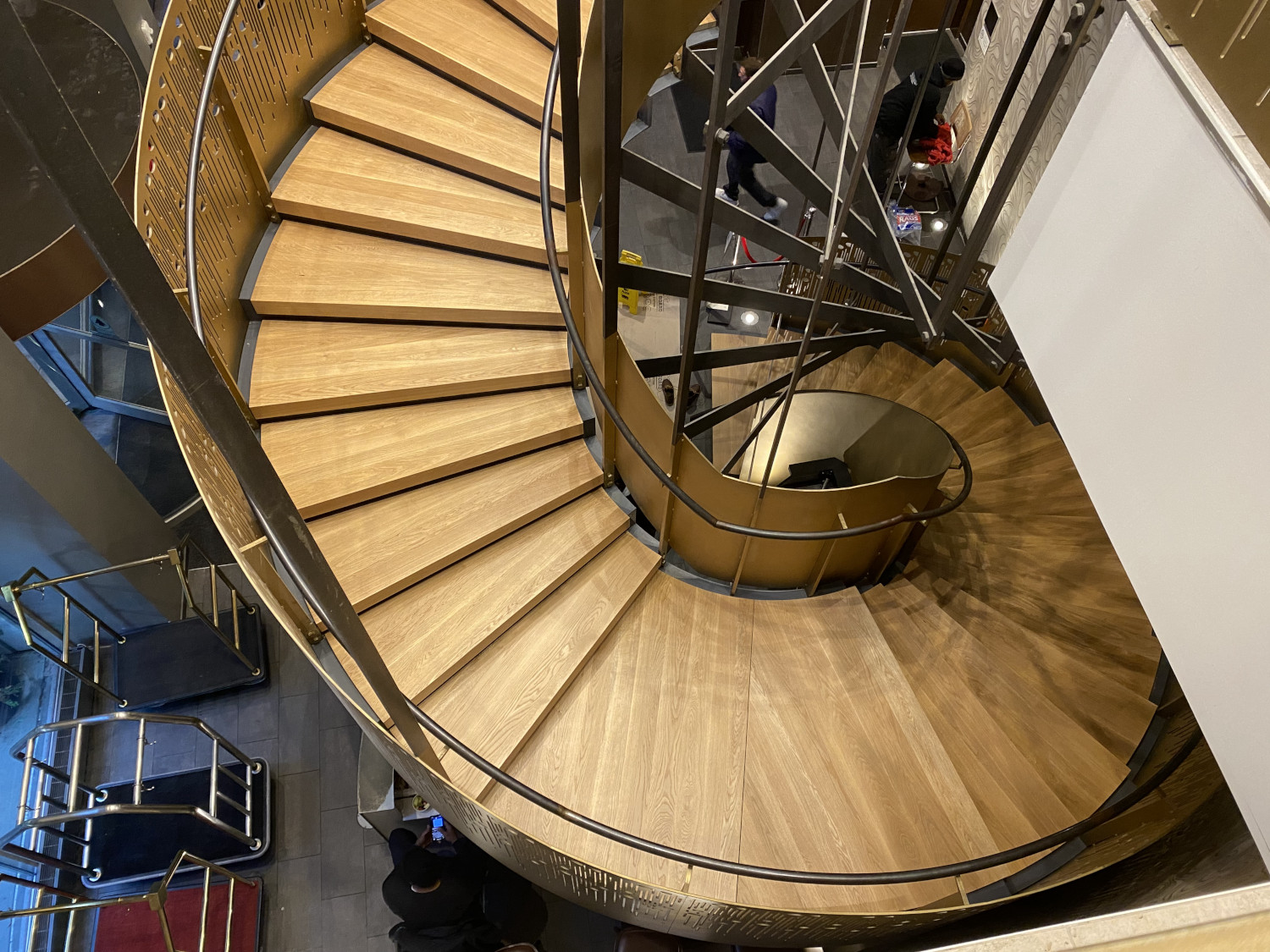How To Preserve The Wood Floors In A Historic Building
Wood is one of the most common flooring materials found in historic buildings. Part of the reason for this is that these are the materials that survive the endless barrage of time. High-quality hardwood is highly durable. It’s also highly attractive. Having original hardwood flooring in a historic building is a huge positive feature. As durable as they are though, old hardwood floors need to be taken care of. As Philadelphia’s hardwood flooring experts, we’ll take a look at the steps you need to take to preserve your hardwood floors.
Know the History of Your Floors
The type of maintenance or restoration you need for your floor is going to depend upon the specific history of the hardwood. Older floors from the 19th century were often either sanded, scrubbed, and otherwise left bare or polished with natural materials like beeswax and linseed oil. Starting in the 1900s synthetic resins started being applied to floors including cellulose acetate and cellulose nitrate, but these materials turned out to be even less stable than the natural polishes. Starting in the 1930s, the method of finishing wood floors changed to more developed synthetic materials like vinyl acetate.
If you have an older floor that was originally finished with natural polish, you should continue applying that kind of polish. Although natural finishes aren’t as stable, they’re what your floor is adjusted to and are easy to maintain with numerous applications. These natural finishes give your floors their unique look and character while also protecting them.

How to Preserve Historic Floors
There are a number of best practices to follow to keep your floors in good condition.
Maintain the Original Wood: Original wood is a huge status boost for the property. You should do your utmost to maintain this original wood rather than cover them with modern materials. If your hardwood hasn’t already been finished with modern materials, you’re in luck. Maintaining them is fairly straightforward. Just use a traditional finish like linseed oil to keep the wood in good condition.
Restore the Wood Finish: Your situation will be a little more complicated if your historic hardwood does have non-historic finish on it already. Maybe the previous owner didn’t realize the nature of the wood, or maybe they were ignorant of how to care for it properly. Either way, you’ll want to remove that layer of non-historic material as delicately as possible. You can hand scrape away any paint. If there are damaged areas of the wood you can reinforce them with epoxy and then sand it to match the floor before applying a natural finish. If you want to make sure the job is done right, it would help to call in professional hardwood floor restoration services.
Replace Damaged Boards: If some of the wood floor boards in your historic floor are damaged beyond repair, you’ll probably have to replace them. However, you should make an effort to keep that floor totally historic. You may be able to replace the damaged boards with pieces of wood from other, lesser used, parts of the building. The process is pretty straight forward. You carefully remove the salvaged wood, then remove the damaged wood. Fit the replacement boards in and secure the boards with nails.
Don’t Sand Your Floors: Okay, if entirely necessary you can sand your historic hardwood, but keep in mind that most hardwood floors can only handle one or two sandings to the wood itself (rather than the finish). Too much sanding will cause the wood to splinter. In general, you should only sand floors when they have stains that can’t be stripped chemically.
Keeping your floors in good shape, whether they’re historic floors or modern hardwood, is all about prevention. If you take the steps outlined above, your floors will be in much better shape going forward and require less extensive repairs in the future. Philadelphia is known for it’s beloved historic buildings, and if you are looking for historic wood floor refurbishment, call the PA historic hardwood floor experts at Artisan Wood Floors LLC at 215-515-7355. We have decades of experience working with historical wood floors on the east coast – remember to ask for Steve!
Recent Hardwood Flooring Projects in Philadelphia & NJ




0 Comments